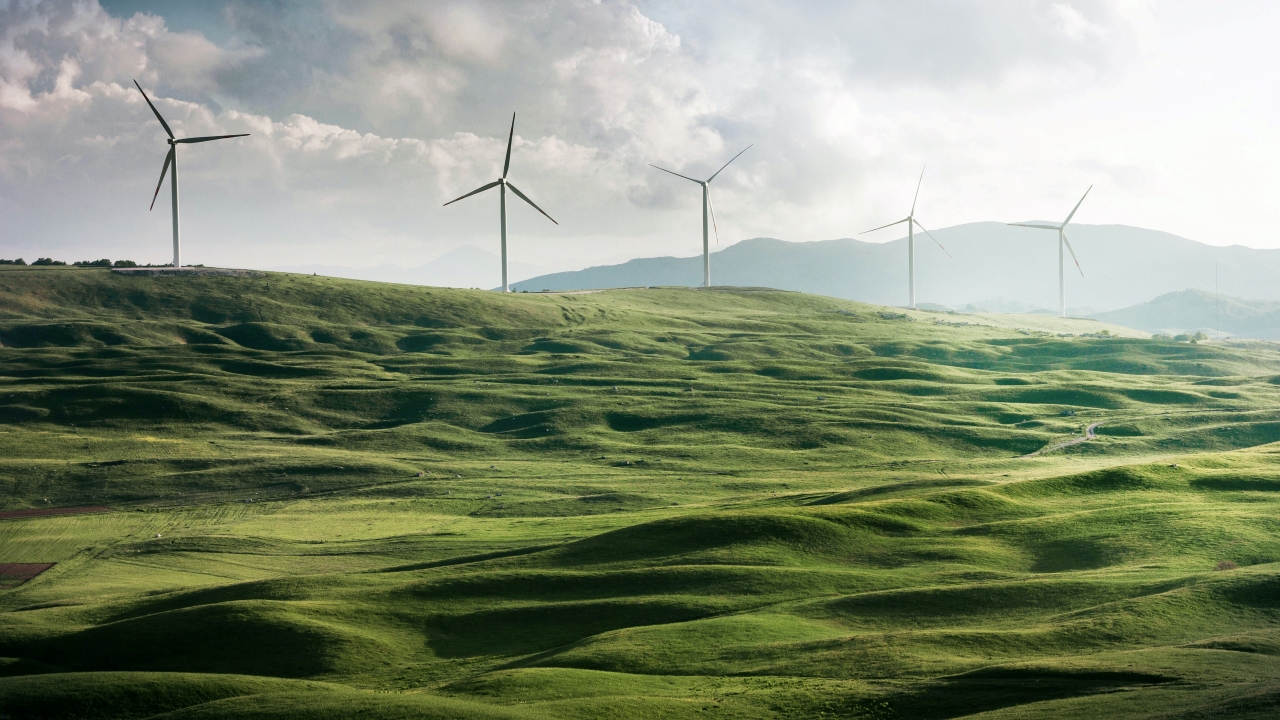
Previous Article
Southeast Asia's Green Economy 2022 Report
Asia is the fastest growing region in the world, but that growth has come with a price. Carbon emissions are warming the planet and causing a climate emergency.
Asia accounts for almost half of all the world’s energy demand and is now the highest emitting region. But now Asia, and the world, are on a race to decarbonise. This documentary series takes a close-up look at what Asia is doing to decarbonise and keep up with the global race to net zero by 2050.
The three-part series spotlights the renewable energy transition taking place in Asia, the challenges and decarbonisation pathways for hard-to-abate sectors of aviation and maritime, and how carbon markets and private capital can catalyse breakthroughs and innovations in solutions for the climate crisis.
In Asia, a renewable energy transition is well underway. New technologies are being explored and scaled, to support the rapidly developing region's energy needs while staying on track with its net zero goals.
Battery energy storage systems are unleashing the potential of renewables by supplying grids with uninterrupted clean power. Microgrids in developing regions empower remote communities and help countries grow adoption of renewables quickly and cheaply. And soon, whole regions could cooperate to achieve collective goals through interconnected grids.
The hard-to-abate sectors of aviation and maritime industries collectively make up approximately 6% of global carbon emissions today. This is expected to grow as global trade and air travel continues on an upward trajectory. New liquid fuels like hydrogen and ammonia could be a solution for the maritime industry if the challenges to utilising these fuels can be unlocked. Meanwhile, for aviation, adoption grows for Sustainable Aviation Fuel (SAF) which can help reduce lifecycle carbon emissions by up to 80% as compared to fossil jet fuel.
Ambitious targets have been set to mitigate climate change, but getting to net zero will require large amounts of capital. In 2019, it was estimated that US$131 trillion would be needed through to 2050, just for the energy transition. Governments can’t do it alone, so private capital is stepping up.
Carbon taxes and voluntary carbon markets work together to compel firms to decarbonise. At the same time, they indirectly help to catalyse breakthroughs and innovations in new technologies. New partnerships and alliances are also being formed to channel investments towards advancing decarbonisation solutions in this historic investment opportunity.